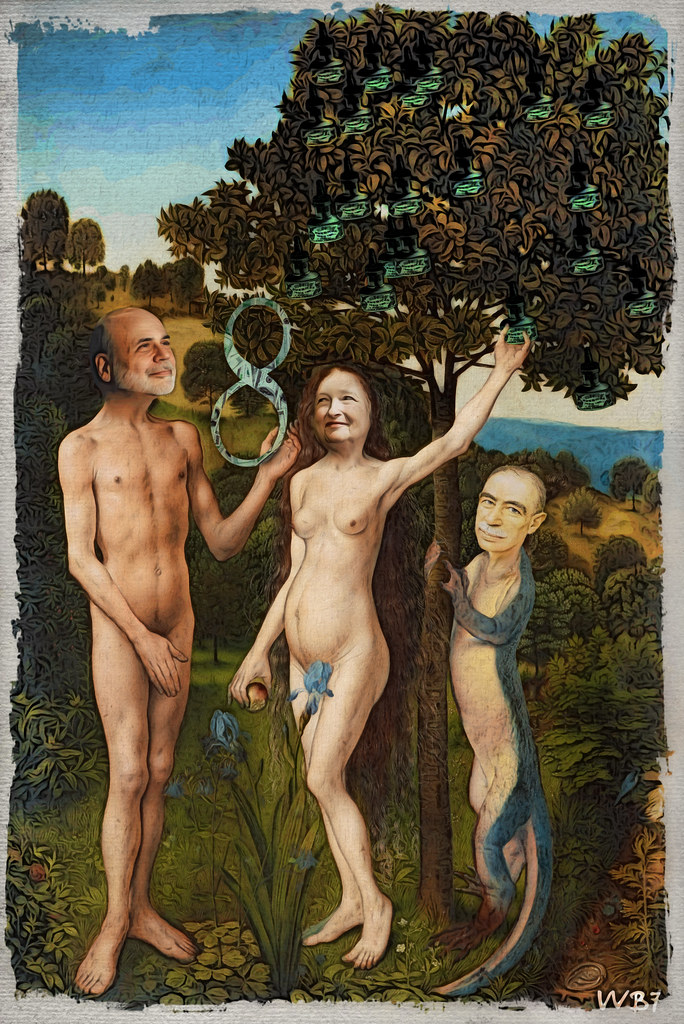JPM’s Nikolaos Panigirtzoglou, editor of the “Flows and Liquidity” weekly research piece, is one of the greater experts on, not surprisingly, global monetary flows and liquidity. Which as we noted back in 2009, is all that matters in a world in which the micro, and recently the macro, have all been made obsolete by one simple thing: credit-money creation by the monetary authorities. Which is why we read with interest his latest edition in which he sets off to answer a not so simple question: “how much liquidity is there?” What he finds is disturbing.
From JPM:
Excess money supply is currently at record high positive territory. The residual of the regression turned positive in May 2012 and has risen steadily since then. This is both because of real money supply increasing and money demand decreasing due to lower uncertainty (Figure 3). In particular, global M2 is up $3tr or 4.6% since the beginning of the year (to September), outperforming the Global CPI inflation index which is up by only 2% since then. Global M2 reached $66tr in September this year.
Of the $3tr increase in global M2 money supply in the first three quarters of the year, around $1tr is due to G4 countries, i.e. US, Euro area, UK and Japan. The remaining $2tr is due to EM countries, driven by strong bank lending growth in EM. As we highlighted last week, EM bank loan credit creation has been unaffected by the EM selloff in the summer and was running in July/August at a $170bn per month pace. So strong credit growth in EM economies continues to boost our measure of excess liquidity.
And the conclusion:
The rise in excess liquidity, i.e. the residual in the model of Figure 4, is supportive for risky assets especially when we compare the past nine months with the period between the end of 2010 and the beginning of 2012 when excess money supply was negative. Looking further back in Figure 4, we can see three major episodes of excess liquidity (i.e. positive residual): 1993-1995, 2001-2006 and Oct 2008-Sep 2010. These were periods of strong asset price inflation suggesting that excess liquidity could have been a factor supporting markets at the time. The current episode of excess liquidity, which began in May 2012, appears to have been the most extreme ever in terms of its magnitude.
To summarize:
- In just the first 9 months of 2013, DM countries have injected $1 trillion in liquidity sourced exclusively by central banks; EMs have injected another $2 trillion driven by bank loan demand.
- The total global M2 is over $66 trillion, growing at an annualized pace of over 6%.
- The amount of excess liquidity, i.e. the infamous “liquidity bubble” in the global fungible system is “the most extreme ever in terms of its magnitude”
And that’s really all there is to know: the music is playing and everyone has to dance… just don’t ask what happens when the music ends.
![]()
via Zero Hedge http://feedproxy.google.com/~r/zerohedge/feed/~3/2_miu_Qiel4/story01.htm Tyler Durden














